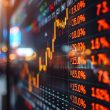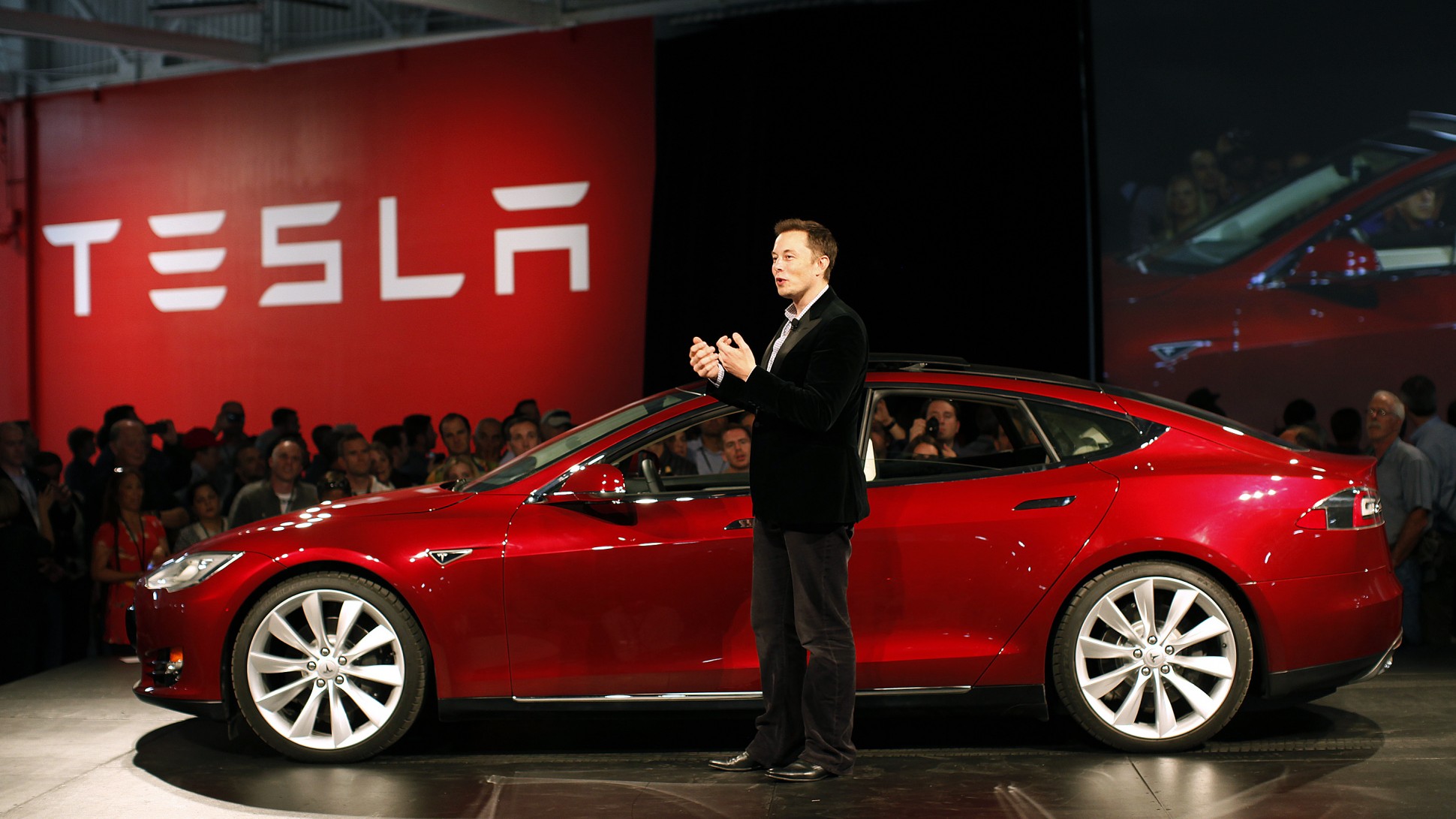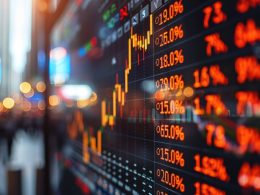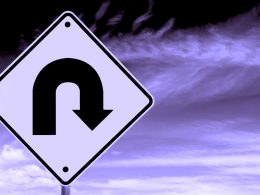With regard to the U.S. dollar, market expectations of QE have provoked a "jump depreciation" of the greenback in recent months, neatly following the mechanism that the late MIT economist Rudiger Dornbusch described as "exchange rate overshooting" (see the August 23 market comment Why Quantitative Easing is Likely to Trigger a Collapse of the U.S. Dollar). Specifically, the expectation of a sustained period of lower U.S. interest rates, relative to other countries, requires an abrupt depreciation of the U.S. dollar by an amount large enough to set up expectations of a future appreciation. As a crude example, if the Fed suddenly introduces a policy that is expected to depress U.S. long-term interest rates by 1% for a period of 10 years, an immediate 10% depreciation of the U.S. dollar is required in order to preserve equilibrium in the international capital markets. Following the depreciation, international investors expect a 1% annual appreciation in the dollar to compensate for the 1% loss of interest. The plunging U.S. dollar and soaring price of gold in recent weeks are reflections of this dynamic.
Unfortunately, the likely economic impact of this rapid depreciation is not benign. The Fed might like to believe that a cheaper dollar will improve trade by increasing U.S. exports and reducing imports. However, over the past two decades, and particularly in recent years, U.S. imports have been much more elastic in response to fluctuations in the U.S. dollar than exports have been. This suggests that provoking further dollar depreciation is likely to have negative effects on the global economy, owing to a shift away from imports, but with few positive effects for U.S. economic activity. Indeed, a further depreciation would unnecessarily create a negative wealth effect for U.S. consumers facing higher prices for imported goods and services. Any improvement in the trade deficit would be largely offset by downward pressure on U.S. consumption.
As a side note, some observers have suggested that QE represents nothing more than "printing money." While this might be accurate if the Fed never reverses the transactions, the most useful way to think about QE, in my view, is as an attempt to directly lower interest rates by purchasing Treasury securities. This interest rate effect - not any major inflationary outcome - is the cause of the dollar depreciation we are observing here. There is little doubt that the effect of large continuing fiscal deficits is long-run inflationary, but as I've noted repeatedly over the years, there is little correlation between inflation and temporary - even large - variations in the monetary base. Inflation is ultimately a fiscal phenomenon born of unproductive spending, regardless of how that spending is financed.
Dirty Ben
In the movie Dirty Harry, Clint Eastwood growls his famous line "I know what you're thinking. 'Did he fire six shots, or only five?' Well, to tell you the truth, in all this excitement I kind of lost track myself... You've gotta ask yourself one question. Do I feel lucky? Well, do ya punk?"
Over the past two years, the Fed has emptied what has largely turned out to be a chamber of blanks. Its remaining credibility lies in the belief by the public that Bernanke still has a live round left to fire. Once the Fed engages in QE, a failure of appreciable improvement in U.S. employment and economic activity would result in a substantial loss of public confidence. The Fed would be wise to save whatever ammunition it has left for a crisis point when the U.S. public is in dire need of confidence.
Unwinding QE
One critical question deserves far more attention. After the Fed engages in another round of QE, how will it unwind that position? The current enthusiasm about QE seems much like the enthusiasm of a ten-year-old child about to launch over a plywood ramp on a bicycle. Once the wheels are airborne, it will be a bit too late to ask "now what?"











